The Toxic Chemicals Hiding in Our Homes, and How We Can Reduce Them
The Toxic Substances Control Act, or TSCA, can help protect us from harmful chemicals. But first, the government must fully enforce it.
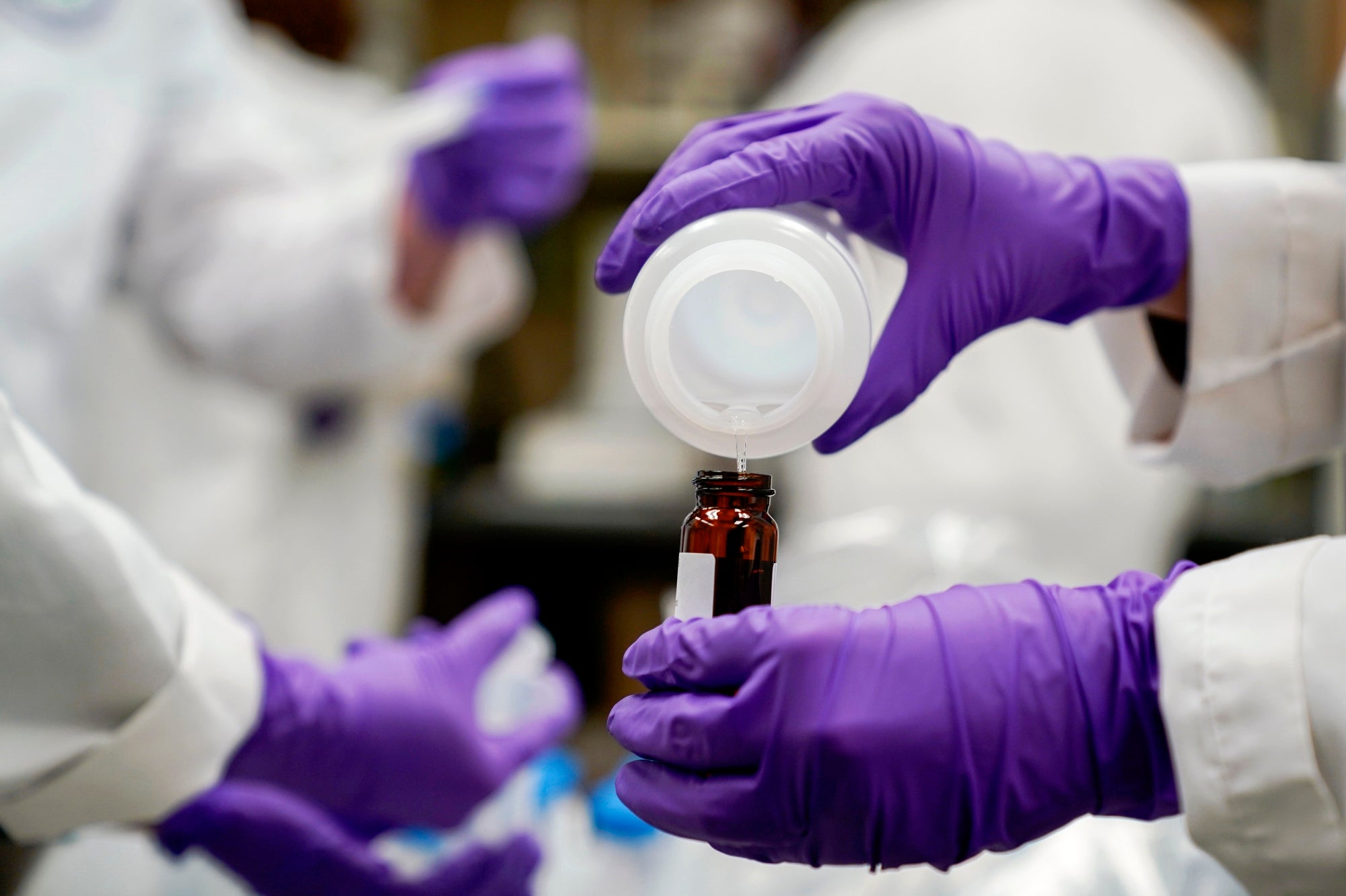
This page was published a year ago. Find the latest on Earthjustice’s work.
Our world is awash in chemicals. While many have improved our lives, a lax regulatory system, coupled with chemical industry greed and malfeasance, means that many other chemicals are harming our health and the environment.
Fortunately, the government has the authority to protect us from harmful chemicals under a critical law called the Toxic Substances Control Act, or TSCA. Earthjustice is fighting to force the government to use this law more effectively — and take industry to task for putting harmful chemicals on the market. Our efforts are part of an overall goal to reduce toxic chemical overexposure.
What are some toxic chemicals found in everyday products?
Toxic chemicals show up almost everywhere: from our food and clothing, to inside our homes and bodies. Worse, the cumulative impact of being exposed to multiple chemicals, coupled with socioeconomic disadvantages and existing health issues, can further impact our quality of life.
PFAS, short for per- and polyfluoroalkyl substances, are a class of almost 16,000 chemicals found in food packaging, carpets, nonstick pans, personal care products like shampoo, and even firefighting foam. PFAS are found in most Americans’ blood and are linked to cancer, among other serious health effects.
Lead, a potent neurotoxin, is especially harmful to developing fetuses and children. Millions of people in the U.S. are exposed to lead through corroded lead-service lines, as well as lead-based paint in older buildings.
Trichloroethylene, or TCE, is a toxic, cancer-causing chemical used in stain removers, degreasers, and many industrial processes. Workers in TCE-related industries are exposed to the highest levels of the chemical. But the general population is also exposed to TCE through contaminated air, water, food, and soil.
Ethylene oxide is a flammable gas used to make products like antifreeze and detergents, and to sterilize medical equipment. It’s also one of the most toxic air pollutants that the EPA regulates. For workers inside sterilization facilities, exposure to ethylene oxide presents up to a 1 in 17 lifetime cancer risk.

Drinking water is one of the most common routes of exposure to PFAS. PFAS have polluted the tap water of at least 16 million people in 33 states and Puerto Rico, as well as groundwater in at least 38 states. (Yipeng Ge / Getty Images)
How are chemicals regulated in the U.S.?
Many environmental laws address exposure to toxic chemicals, but TSCA is the only one designed to regulate toxic chemicals from cradle to grave. Passed in 1976, this law was imperfect from the start: It gave a pass to the approximately 60,000 chemicals already on the market without showing they were safe. And it allowed the government to approve new chemicals without undergoing any safety review if the EPA could determine the risk was “reasonable.”
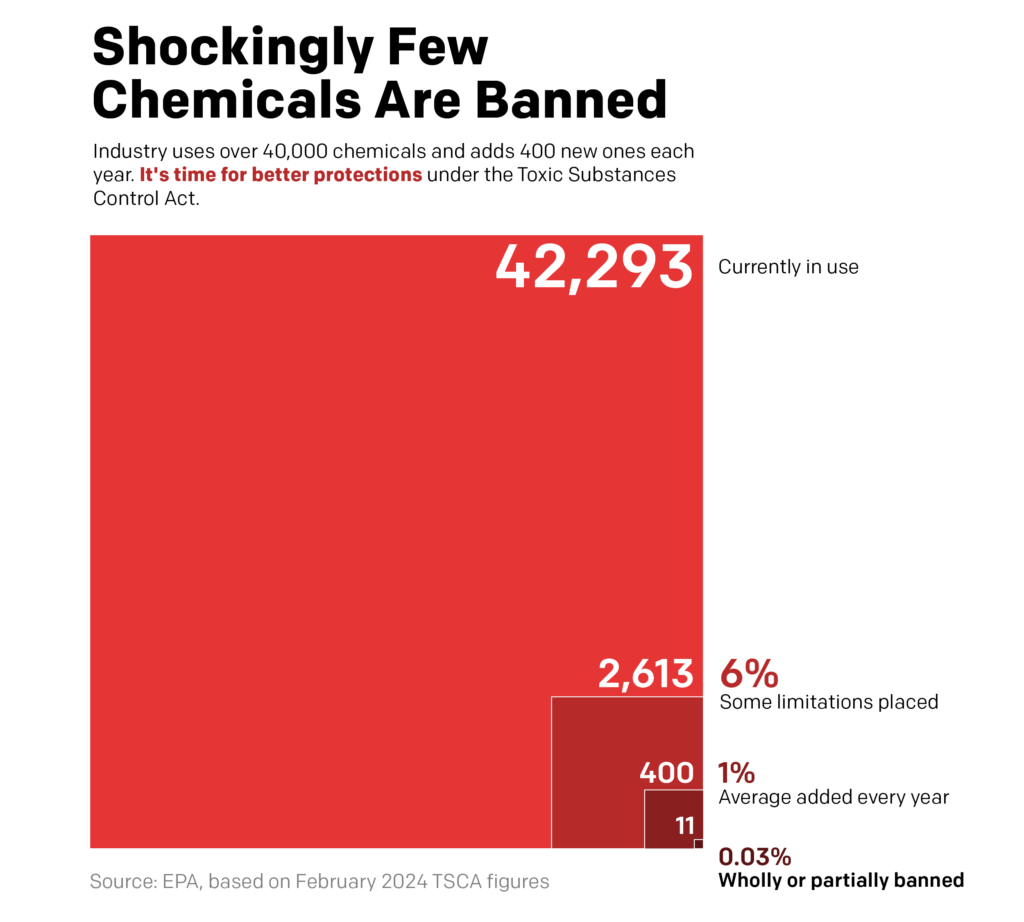
Design by Casey Chin
In 2016, Congress overhauled TSCA to make it more effective. But TSCA could be even more protective by forcing companies to disclose crucial health and safety information about chemicals under review, and it should allow the public to provide input before approving new chemicals.
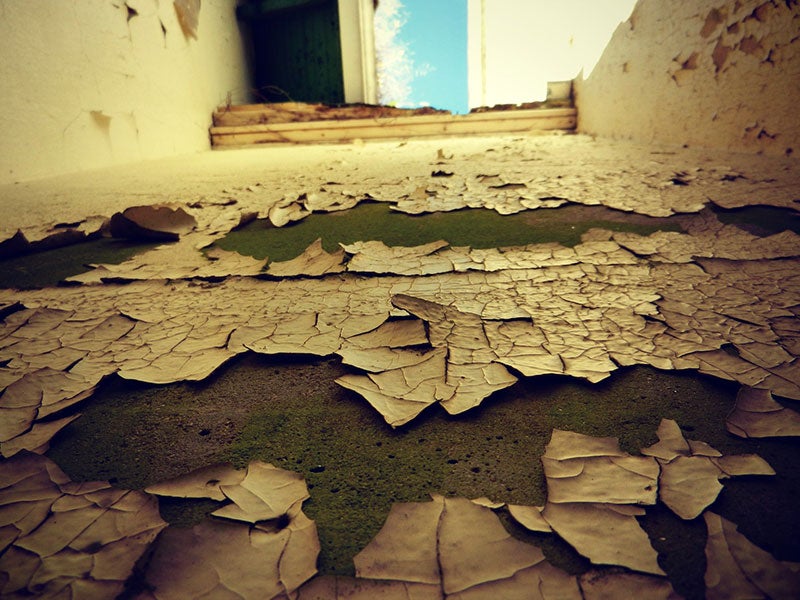
Lead-based paint disintegrates over time and contaminates dust throughout homes or schools; lead in soil around these buildings also leads to children’s exposure. (M.R. / CC BY-ND 2.0)
Why isn’t the government more strictly regulating chemicals?
Industry meddling. Deceptive chemical assessments. Razor-thin approval deadlines. These are just some of the ways that the chemical industry has pressured the EPA for decades to overrule scientists and prevent staff from using TSCA to warn the public about harmful chemicals and ban or limit their use.
These practices follow a decades-old playbook by harmful industries that includes covering up evidence about a product causing harm in the first place.
How is Earthjustice working to strengthen chemical regulations?
When Congress strengthened TSCA in 2016, Earthjustice soon began filing lawsuits to secure strong legal precedents that would force regulators to hold companies accountable for dumping harmful chemicals into our environment.
For example, we’re leveraging a 2019 court win striking down parts of an industry-friendly, Trump administration rule to now push the EPA to conduct science-based risk evaluations for several chemicals currently under the agency’s review, including petrochemicals.
More recently, Earthjustice pushed the EPA to further strengthen TSCA rules by proposing foundational guidelines to better protect workers and fence line communities. We’re also urging the government to enact full bans on all harmful chemicals, as it did in 2023 after proposing a complete ban on trichlorethylene, or TCE.
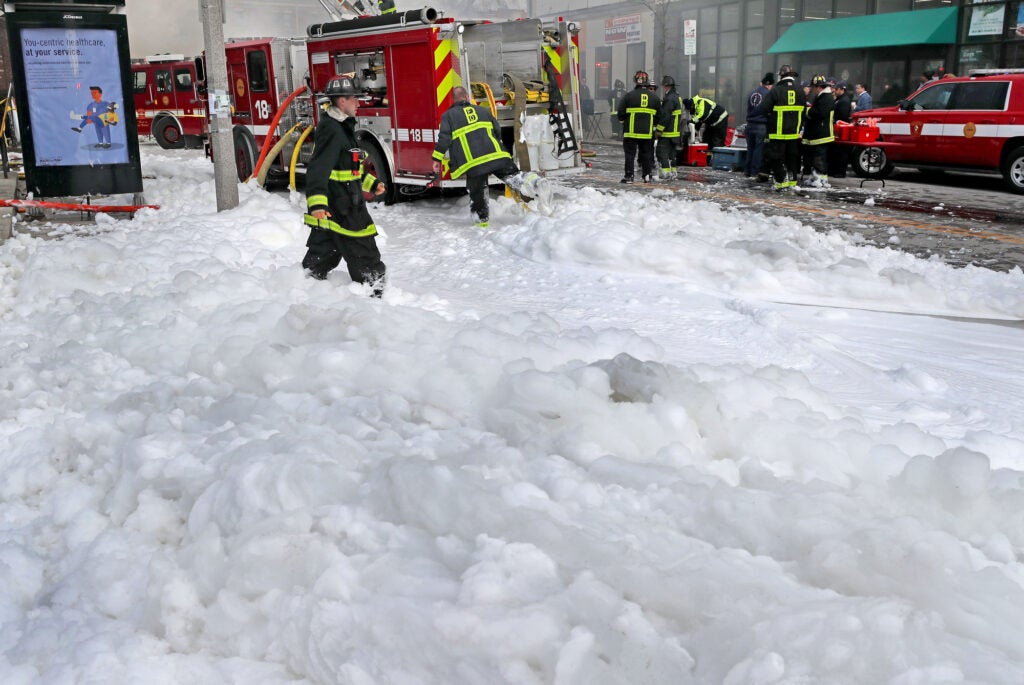
Firefighters walk through foam used to extinguish a four alarm fire in the Dorchester neighborhood of Boston in 2018. Firefighting foam is one source of PFAS contamination in the environment. (David L. Ryan / The Boston Globe via Getty Images)
What else is Earthjustice doing to limit our exposure to harmful chemicals?
Earthjustice fights for the full use of existing environmental laws, like TSCA, to stop chemical manufacturers from producing harmful chemicals, and to monitor chemicals on the market.
Our work includes pushing the EPA to establish safer PFAS disposal regulations so that federal agencies like the Department of Defense stop burning PFAS, which releases carcinogens. We also successfully pushed the EPA to announce a mandate to replace all lead pipes within 10 years, which deliver drinking water to almost 22 million people in the U.S. Finally, our litigation in 2023 convinced a U.S. District Court to order the EPA to strengthen proposed ethylene oxide emissions rules and protect communities in dozens of states and Puerto Rico.
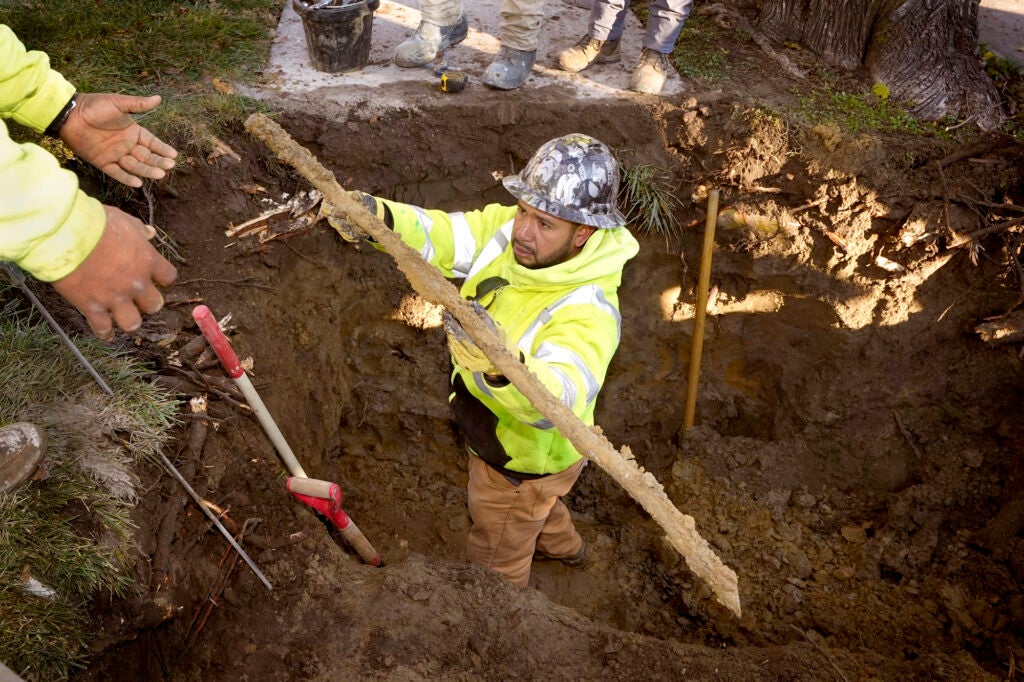
A cut lead pipe is pulled from a dig site for testing at a home in Royal Oak, Michigan. (Carlos Osorio / AP)
How can I help keep toxic chemicals off the market?
Everyone has the right to live, play, and work in safe environments and to use safe products. The biggest challenge is persuading the EPA to use its authority to protect people and the environment, and to reject chemical industry pressure.
Earthjustice’s Toxic Exposure & Health Program uses the power of the law to ensure that all people have safe workplaces, neighborhoods, and schools; have access to safe drinking water and food; live in homes that are free of hazardous chemicals; and have access to safe products.